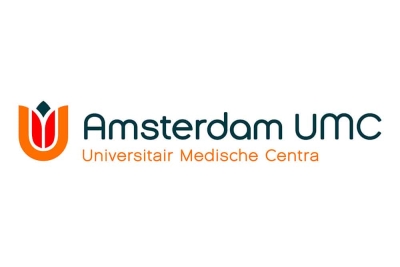Sugars to modulate allergens for improvement of dampening allergic inflammationSialylation of Allergens mode of action in human for improved immunotherapy using novel immune tolerizing pathways.
The studie is about the potential of allergens to modulate immune responses through chemical modification of sialic acids that engages Siglec(-9)inhibitory receptors to generate Allergen specific ImmunoTherapy (AIT). It included 2 allergens from peanut and 2 allergens from house dust mite (Citeq). These were chemically modified with sialic acids on lysines present in these allergens (DC4U), and biological experiments were performed by 2 groups in AmsterdamUMC one at AMC and one at VUmc location.
The human in-vitro experiments performed indicate that all sialylated allergens showed enhanced binding to Siglec-9 in Elisa, however only 1 allergen (rDer p 2) shows immune modulatory potential on Dendritic cells, PBMCs and neutrophils when sialylated. Although the sialylation is detected on all antigens to bind Siglec 9, its biological effect on engaging Siglec-9 expressing immune cells (Dendritic cells, PBMCs and neutrophils) is not observed with 3 of the 4 allergens. This may be the result of lack of multivalent expression of sialic acids on the allergens, or low affinity binding of the sialic acids used to cluster Siglec 9 receptors on cells, a requirement to initiate inhibitory signaling. Since rDer p 2 has more lysines (12) compared to the other allergens (1- 2), multivalency is expected to provide sia Der p 2 with a stronger potential to modulate immune cells.
All milestones and deliverables are obtained, with the exception of deliverable dissemination and discussion with patients organisation, as only one of the allergen showed immune modulatory effect (sia-Der p 2). With sia-Der p 2 they aim to go for in-vivo confirmatory proof of concept studies in dogs for use in the veterinary market, prior to going for the next generation AIT in human. Another conclusion of the study is that the use of natural allergens hampers the studies related to sialylation, as other glycans are present and interfere in the immune modulation process. Future directions may benefit to optimize sia-allergen products by creating multivalent targeting of sialylated nanoparticles, which meet the criteria to engage Siglec-9 on human immune cells in-vitro. As a next step, there will be a test of peanut allergens encapsulated in these multivalent targeting sialylated particles in our validated in vitro and in vivo models. In this way any allergen can be included for studies in allergies in humans and animals.



